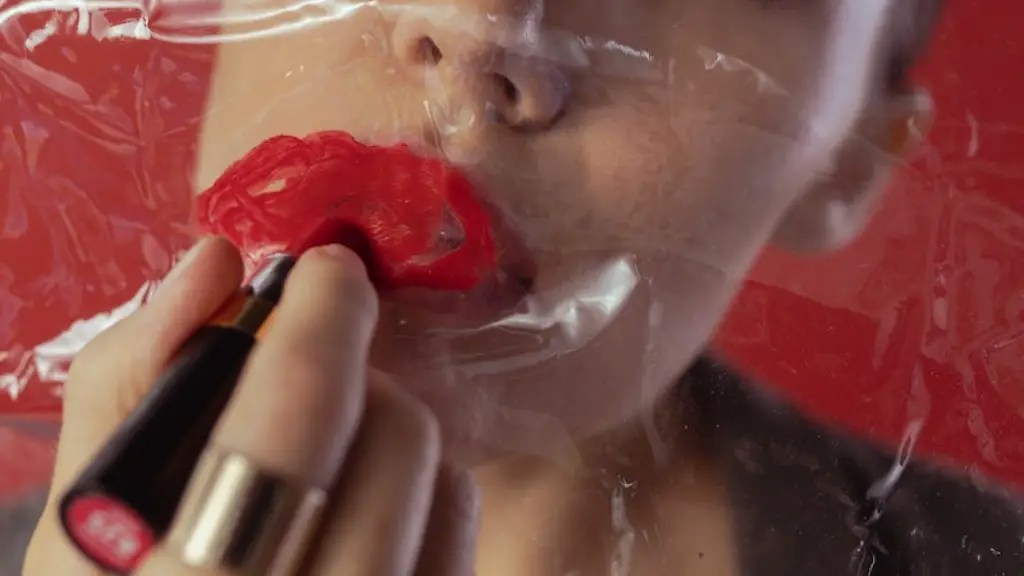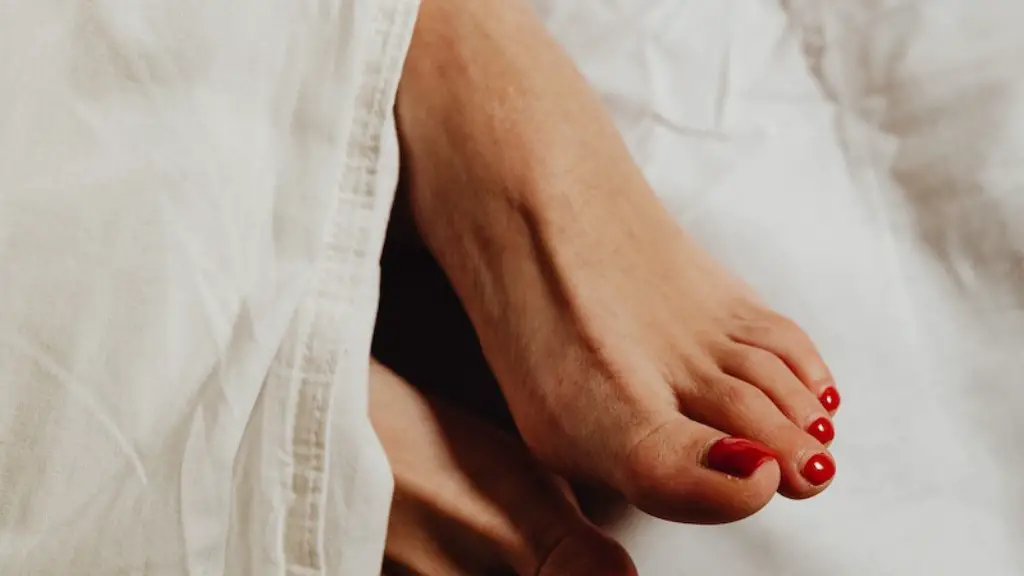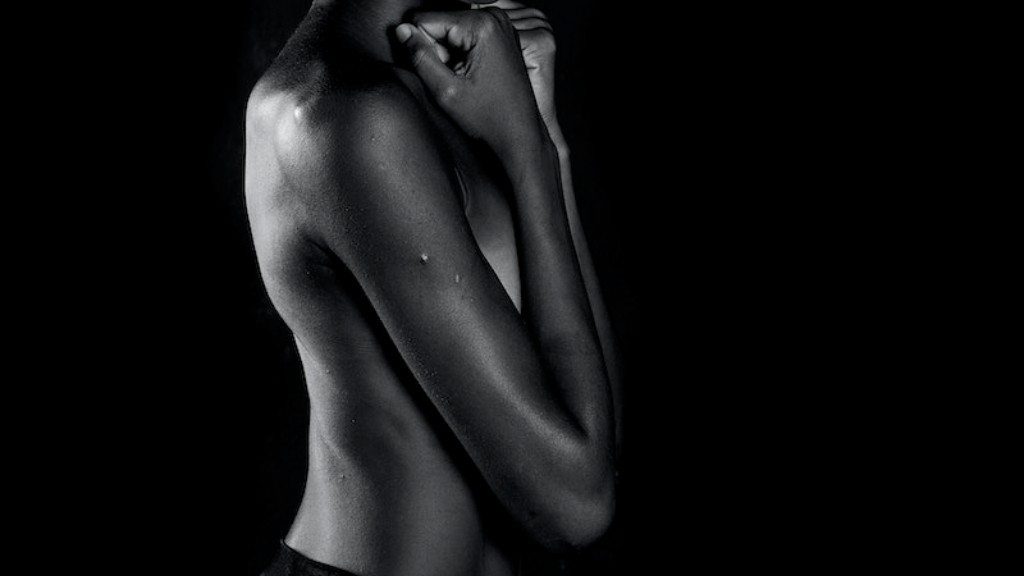To set the tone on your Electric Mistress, start by turning all the knobs to their minimum setting. Then, slowly turn up the Rate knob until you find the desired speed of the chorus effect. The Depth knob controls how pronounced the effect is, so turn it up or down to taste. The feedback loop can be used to create a more dramatic, wet sound. To do this, turn the feedback up until you hear a significant amount of self-oscillation.
To get the chorus effect on the Electro-Harmonix Mistress, set the Rate knob to the desired speed and the Depth knob to about 12 o’clock. The Width knob controls the depth of the chorus effect.
Does electric mistress go before or after distortion?
Modulation effects like vibe, phaser, chorus or flanger work rather subtle compared to distortion. If you put these before distortion most of the effect would be overlapped by distortion. As the Electric Mistress is a flanger it is best positioned between distortion/overdrive and delay. This will allow the flanger to be more prominent in the mix and not get lost in the other effects.
Delay pedals are a great way to get creative with your sound and can also be used to create chorus and flanger effects. However, not all delay pedals are created equal and some may not offer these features. Be sure to check the product description or contact the manufacturer to see if a particular delay pedal can also create chorus and flanger sounds.
Should chorus go before or after phaser
There’s no right or wrong answer when it comes to whether you should phase the chorus or chorus the phase. It’s all a matter of preference. Most people would go with phasing the chorus, but ultimately it’s up to you.
To get started, plug your distortion pedal into your guitar like so. Then, all you have to do is turn on the pedal and start playing. If you want to adjust the amount of distortion, simply turn the knob on the pedal until you get the sound you’re looking for. Experiment with different settings to find the perfect sound for your playing. Have fun!
How do you plug in a distortion pedal?
When you plug your guitar into the input jack of your pedal, you are essentially sending the signal from your guitar to the pedal. The pedal will then process the signal and send it to the output jack. From there, you will need to connect the output of the pedal to the input of your guitar amp. Most guitar amps have the input on the front, while others have the input on the top or back. Keep in mind that the order in which you connect your pedals and amp can make a difference in the overall sound.
One side is modulated pitch wise up and down And then our those mixed back in with our original signal. This can create some interesting effects, depending on how far the modulation is applied.
How do I give my chorus more energy?
A song’s chorus is typically the most memorable and catchy part of the song. To make sure your chorus is as energy-filled as possible, follow these tips:
1. Write a chorus melody that’s higher in pitch than the verse. This will help to make the chorus stand out and be more easily remembered.
2. Allow the tonic note to occur more often in the chorus. The tonic is the central note of the song’s key, and emphasizing it in the chorus will help to create a sense of resolution and finality.
3. Use more instruments in the chorus. This will help to fill out the sound and make the chorus feel more massive.
4. Increase the upper and lower range of your instruments. This will help to create a more powerful sound that will energize the listener.
5. Increase the rhythmic activity of the backing instruments. This will help to create a sense of excitement and movement.
By following these tips, you can be sure that your song’s chorus will be full of energy and excitement!
Choruses typically use much longer delay times than flangers, resulting in a sound that doesn’t sound as much like a comb filter as it does like two signals overlaid. Chorus effects usually have delay times of 15-35 ms.
Can you put chorus before distortion
Chorus is a modulation effect, which means it alters the signal of your guitar to create a different sound. It’s usually used to make your guitar sound fuller and more “alive”.
Because chorus is a modulation effect, it should be placed fairly late in your pedal chain. This is because it will interact with other pedals in your chain, and you want the other pedals to affect your guitar’s sound before the chorus pedal does.
So, place your chorus pedal after a wah pedal, compression pedal, overdrive pedal, and distortion pedal, but before your delay pedal, tremolo pedal, or reverb pedal.
Eddie Van Halen is one of the most influential guitarists of all time. His unique style and sound has influenced countless other guitarists. One of the main components of his sound is the Phase 90 pedal.
The Phase 90 is a phaser pedal that gives the guitar a distinctive swirling sound. It was one of the first phaser pedals and is still one of the most popular. Eddie Van Halen was one of the first guitarists to popularize the pedal and use it in his signature sound.
If you’re looking to get that classic Eddie Van Halen sound, then you need a Phase 90 pedal.
Should a chorus be a mono or stereo?
There is no right answer when it comes to whether your vocals should be in stereo or mono. It really depends on the amount of singers that you record, and on how you want them to sound. As written above, if you want them to sound large, wide, and soft, they should be stereo. But, if you want them to sound powerful, clear, and upfront, they should be mono. Ultimately, it is up to you and what you think sounds best!
This is an important consideration when placing pedals in your signal chain. Pedals that amplify or add noise should be placed near the beginning of the signal path, before any other effects. This way, they will not amplify the noise of the other pedals in the chain.
What happens if you use too much distortion
The moral of the story: don’t be afraid to back off the gain a bit, especially if you’re having trouble getting your tone to cut through the mix.
The wah-pedal is an incredibly versatile and essential tool for every guitarist. They can be used to create a wide variety of tones and effects, and work by allowing the guitarist to control the frequency spectrum of the audio signal. With a bit of practice, you can use them to create some truly unique and memorable sounds.
Does EQ go before or after overdrive?
An EQ pedal can be a great way to shape your sound when using a drive or overdrive pedal. By boosters or cutting certain frequency ranges, you can cause the overdriven signal to distort more or less. This can be a great way to get the exact sound you’re looking for out of your pedal.
There really is no single “ideal” pedal order as everyone’s needs will be different. That being said, the above order is a good starting point for most people as it goes from more essential/core effects (wah, filter, etc.) to more “extras” (reverb, delay, etc.). Of course, feel free to experiment with different orders to see what works best for you!
What should I set my distortion pedal to
For a distorted tone, you’ll want to crank up the gain on your amplifier to about 7-9. You can also experiment with the bass, mids, and treble settings to get the sound you’re looking for. For metal, you might want to decrease the mids and increase the treble and bass. And for heavy rock distortion, you might want to lower the gain slightly and increase the mids. Just mess around with the settings until you find the sound you’re going for.
Adding extra rhythmic elements can help make a chorus sound fuller. These elements can add a feeling of drive and pace, even if they are at a barely audible volume.
Warp Up
To get the chorus effect on an Electric Mistress, you’ll need to set the Rate and Range controls to your desired settings. The Rate control determines the speed of the modulation, while the Range control determines the depth of the modulation.
There are a few things to keep in mind when setting the electric mistress to get chorus. First, make sure the filter is in the correct position. Second, set the resonance and release controls to taste. Finally, experiment with the delay time and feedback to find the perfect sound. With a little practice, you’ll be able to get the perfect chorus sound every time.





